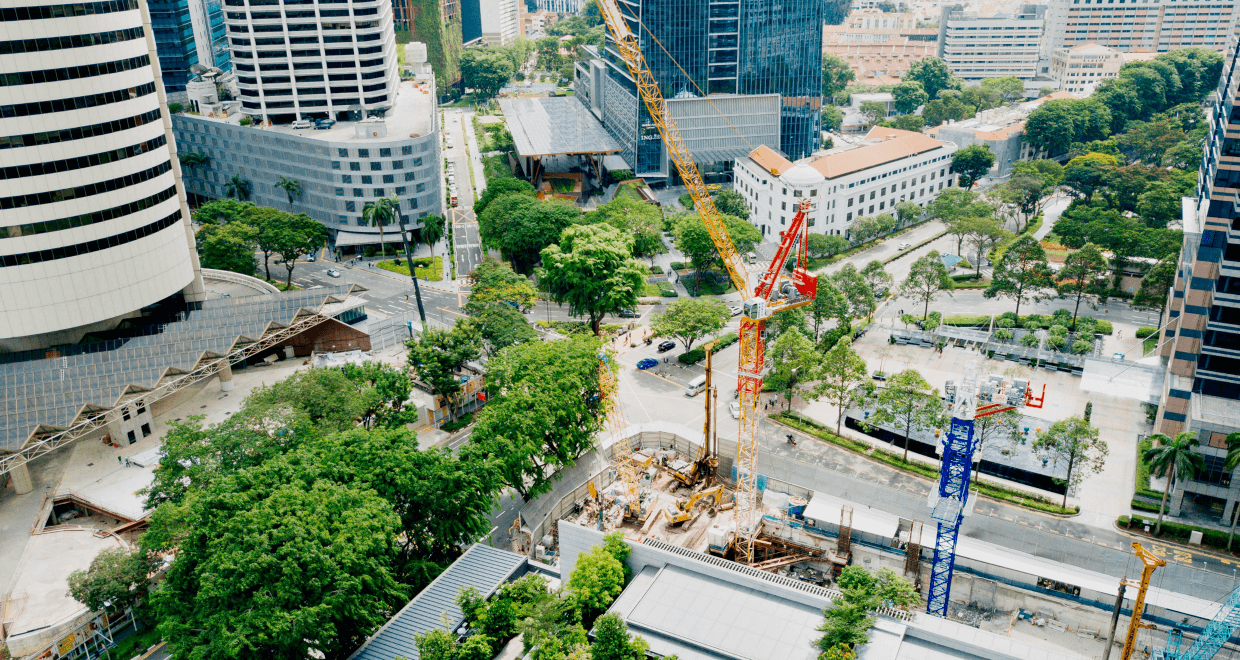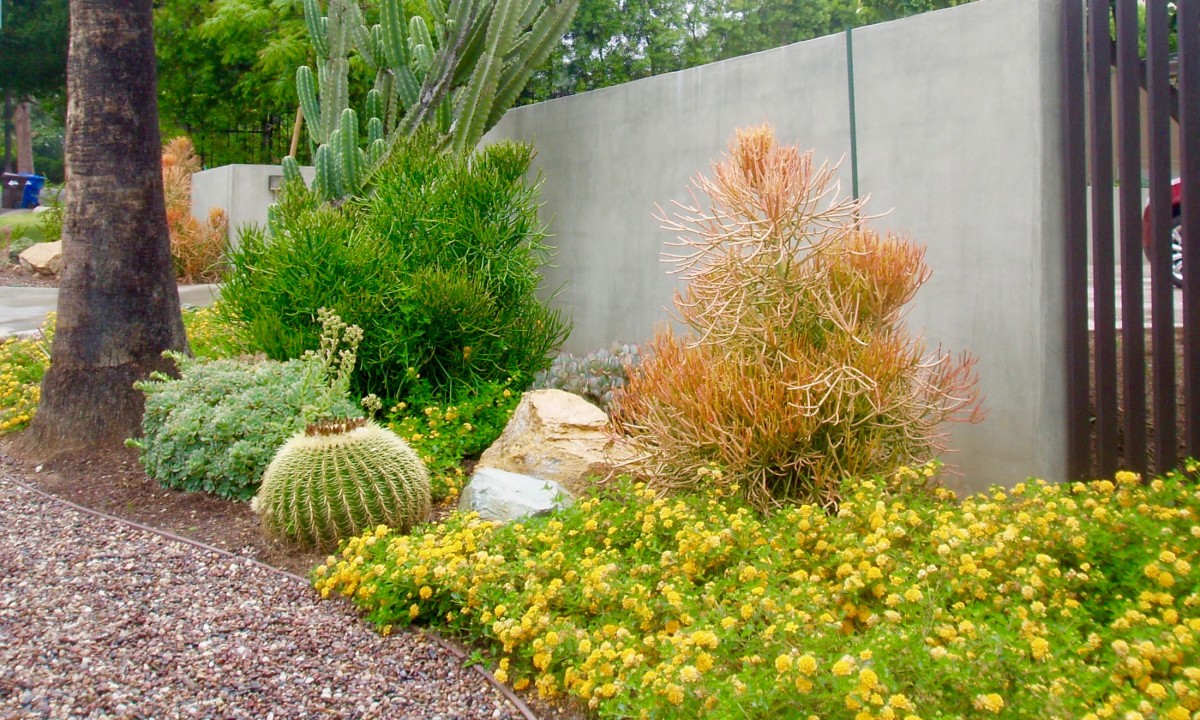9 Easy Facts About Landscapers Explained
9 Easy Facts About Landscapers Explained
Blog Article
The Definitive Guide for Landscapers
Table of ContentsThe Only Guide for LandscapersThe Facts About Landscapers UncoveredFacts About Landscapers UncoveredLandscapers for DummiesAn Unbiased View of Landscapers
In the PNW there are semi-deciduous or semi-evergreen plants that may lose their leaves depending on how cold the winter is. - A flat gathering space, made of timber or composite product (made to look like timber), typically adjacent or attached to a structure.

This is a natural process, and the outcome can be made use of for courses and patios. - Key landscape functions being suggested in a landscape style strategy.
Excitement About Landscapers
These goals direct the style process, not the designer's style or preferences. Common layout objectives in Portland are low maintenance, dry spell forgiving, and animal pleasant.
Over time this layer can obtain really thick and make it hard for water, sunlight, and nutrients to get to parts of the grass.- The process of accumulating and regulating the circulation of water on a residential or commercial property. This can be made with grading, French drains, dry wells, permeable surfaces, sump pump, rainfall gardens, and much more.
- A sluggish feeding watering system that utilizes adaptable tubes and emitters to send out an exact amount of water to each plant. - The capability of a plant to make it through without much summer water.
- A garden feature where water is stood for by an accumulated stone item, normally a crushed rock or granite. These are most commonly located in modern-day and Japanese yard style.- A rock or natural flagstone outdoor patio, path, or sidewalk built without a concrete base. The base would be compressed gravel and the joints would certainly be an accumulation or walkable ground cover.
Getting My Landscapers To Work
- A stone retaining or cost-free standing wall constructed without the usage of mortar. - An underground framework that gather water and allows it to reduce percolate right into the soil around it.
Landscape design that works with a sites' setting in both look and sustainability without negative impacts to the setting. Bordering in the landscape is a line of demarcation that creates aesthetic rate of interest in the garden by dividing one segment from one more segment. This can be aesthetic or functional, keeping one element (such as pea crushed rock) from getting combined into another (like bark dust).
Areas can likewise have a sensation of "enclosure" supplied by trees, various other growings, fencings, or click for more displays. The landscape near the access to a structure.
A plant that is not indigenous to the location where it will certainly be grown. Not all "exotics" are intrusive or hazardous, and numerous can be well behaved or drought tolerant (Landscapers). A mass planting of ferns. Thicker bladed turf grass that spread out through check these guys out rhizomes.: The degree of dirt on your home before bark dust or compost is spread out.
The Of Landscapers

The function, reason, or activity that a location is be landscaped for. Space for expanding plants for viewing, consuming, or physical activity.
Rock item, either rounded or fractured, that is relatively small- generally 1" or less. Low plants that are allowed or encouraged to top an area. Can describe any "hard" garden components consisting of statuary or boulders but a lot of commonly is used to refer to paths, outdoor patios, and walls.: Elevation distinction in between the degree of water in a pond (or the level of the pump if it sits outside the pond) and the upper outlet of water which affects efficiency of the water pump in gph (gallons per hour). Thick hedges or trees that create a fencing, display, or boundary.
:max_bytes(150000):strip_icc()/look-up-look-down-photography--o7ASOHDV9E-unsplash-62ac6efd6d724c7abb7320fefe03b411.jpg)
The Main Principles Of Landscapers
Conventional PNW landscapes are casual. A plant that spreads even more than wanted, or into environments where it does damages.
Can consist of head positionings and coverage, pipe sizing, GPM specs, and products required to mount this system. Licensed expert that designs landscapes, coached in design and style as well as in horticulture.
The expert that intends and develops landscape jobs, generally at a domestic or little business degree with the major style catalyst on plantings. Landscape developers generally have less education than Landscape Architects and are not certified. A finished landscape layout, detailing all aspects for the brand-new landscape. This generally takes the form of a drawing on paper.
Calcium product made use of to raise the pH in soil, which will make it less friendly to moss. A water limited HDPE material used underneath ponds, streams and waterfalls in water features. Making use of many plantings of the very same range to fill in a location in the landscape. This can decrease maintenance and water usage in the yard.
Report this page